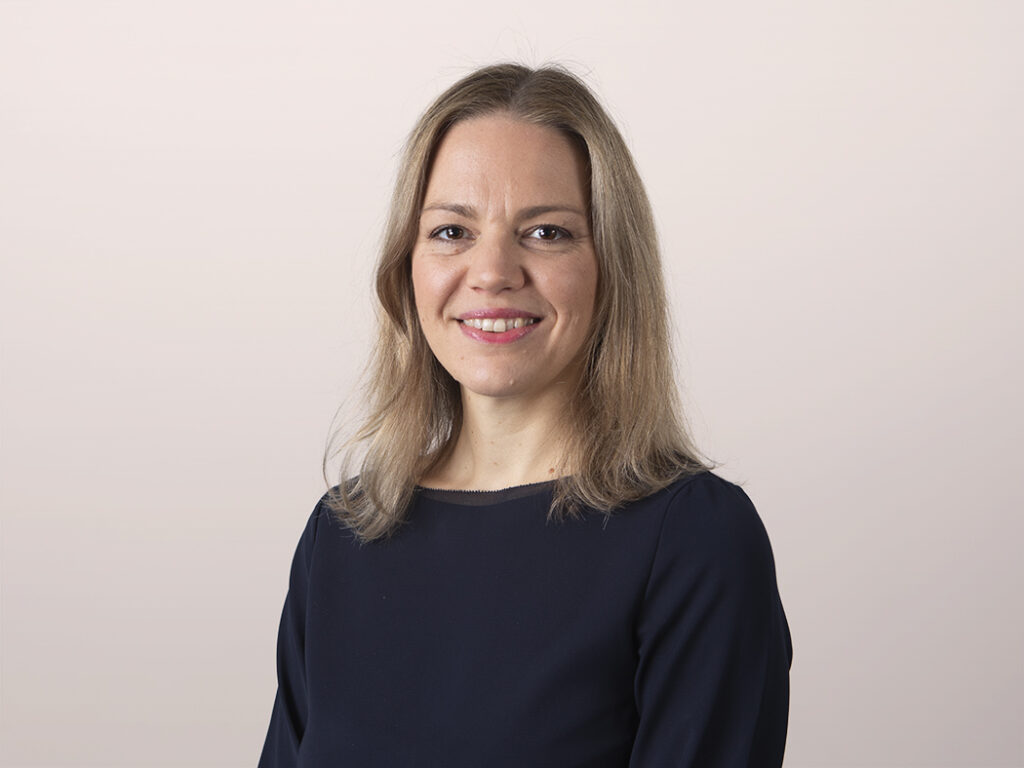How To Build A Solid Business Case For Your Financial Well-Being Program
Long before the COVID-19 pandemic upended economies and consumer finances, a substantial share of households was already struggling financially. The data from the World Bank’s Global Findex 2021 survey showed that nearly 20% of adults in high-income countries lack financial resilience. More recently, the World Economic Forum’s 2023 Global Risks Report identified the cost-of-living crisis as the most prominent global risk in the next two years — by steadily eroding the economic, educational, and health-related gains in a widening proportion of the population.
Now is the time for financial services firms to prioritize financial well-being programs that can help customers build financial resilience. Focusing on financial well-being is the right thing to do from a values standpoint and can help financial services providers demonstrate purpose and earn customer trust. Our research shows that developing a financial well-being program is also — increasingly — a critical differentiator and transformation catalyst for financial services firms. But justifying investments in this space can be challenging, given that business executives and finance teams may not fully understand the business value of these initiatives.
The Most Common Mistake When Asking For Funding
Why do you need a formula when asking for funding for your financial well-being program? Because we see too many executives all making the same mistake: They first ask for money with a vague promise of benefits, skip ahead to developing digital money management solutions, and then scramble to prove those benefits. Instead, you should take a step back, clearly articulate what you want to achieve with your financial well-being program — what the business objectives are and how you will measure success — and only then ask for budget.
Do This Instead: The One-Sentence Business Case
When leaders fail to present a convincing business case, their requests for funding hit a wall and their projects stall. To put financial well-being on an equal footing with other initiatives and ensure buy-in, you need to create a business case with demonstrable ROI.
Here is the magic formula:
“We intend to develop a financial well-being program to increase customer-generated revenue while reducing customer-related expense, which will bring $X of incremental benefit, at a cost of $Y, for an ROI of Z%.”
Build A Solid Business Case To Justify Investment
Effective financial well-being strategies rely on enterprisewide multiyear initiatives, and the up-front investment will initially overshadow the benefits. To capture executive attention and justify the time and cost required, you must be able to connect your financial well-being initiatives to near-term and longer-term opportunities for the organization and overall business impact. Follow these three steps to success:
- Start by articulating your business goals. The stated business objectives should determine what type of KPIs/metrics you need to measure the impact of your program.
- Prove your program’s impact by hardwiring financial well-being to financial performance. Develop a business case with demonstrable ROI by estimating the size of required investments and expected benefits (increased revenue, reduced cost, lowered risk, and improved resilience) as well as when those will occur. Demonstrating the tangible value of your program will help you overcome organizational and cultural challenges.
- Approach business case development as an iterative process. Treat your business case as a living document that should be continually revisited and refreshed as more data becomes available through experimentation, implementation, and iteration.
And when you’re wrestling with questions about how to build the business case for your financial well-being program, keep asking yourself whether you’re creating something that will give you the data you need to fill in the one-sentence business case for every project you do.
Next Steps
Read our report Build The Business Case For A Financial Well-Being Program to understand how to build an ROI model that can power a business case, including where to look for benefits, how to quantify them, and how to estimate the costs that a financial well-being program will incur. And use the template provided in The Financial Well-Being Business Case Metrics Inventory as a starting point for defining the business outcomes that matter for your organization and identify which business outcome metrics you need to track to measure the impact of your program.
If you’re a client and would like to discuss how to develop and execute your financial well-being strategy, feel free to schedule an inquiry.
